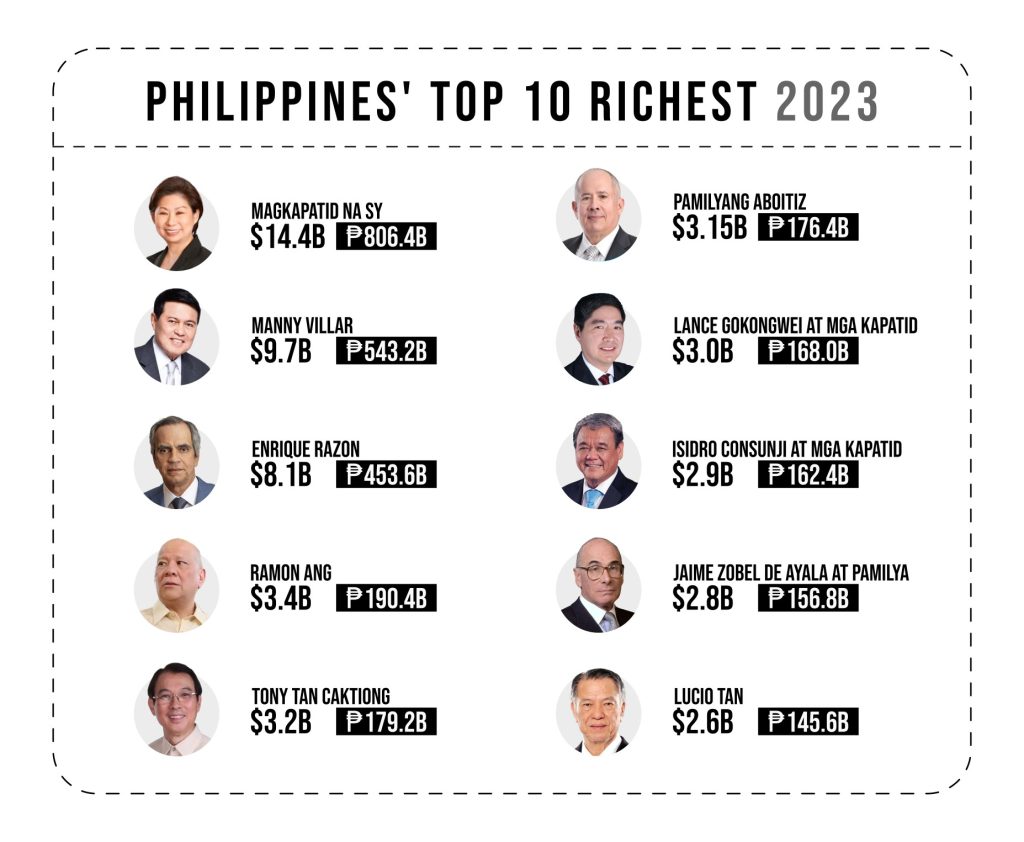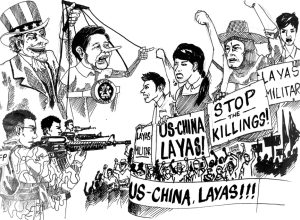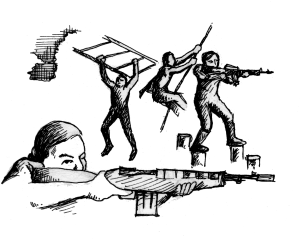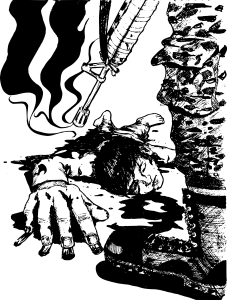A few grow richer amid widespread suffering


Filipino multi-billionaires became richer amid people’s sufferings and a slumping economy. On August 10, Forbes magazine published its 2023 list of Filipino “dollar billionaires.” This list shows how the combined wealth of 50 richest Filipinos grew by ₱493 billion from ₱3.9 trillion to ₱4.44 trillion.
Leading the list are the Sy siblings, followed by Manny Villar, Enrique Razon, Ramon Ang, and Tony Tan Caktiong and family. These bourgeois compradors and bureaucrat-capitalists own the biggest companies in the Philippines employing thousands of workers, majority of whom are contractuals.
Three of them control large traditional parties who comprise majority of the Senate and Lower House in Congress. Villar controls the Nacionalista Party which has four senators and 38 congressmen. Villar’s wife Cynthia Villar and their son Mark Villar are themselves senators, daughter Camille Villar seat as congresswoman. Razon leads the National Unity Party which has 39 congressmen, while the Nationalist People’s Coalition, established by then Eduardo Cojuangco Jr, Ramon Ang’s deceased boss, has five senators and 33 congressmen.
A worker earning minimum wages would need to work 2.4 million years to match Villar’s wealth.
If a 1% to 3% “wealth tax” is imposed, these billionaires will be set back by only ₱259.4 billion. Their wealth will remain at ₱4.18 trillion, which is still larger than their wealth the previous year.
Meanwhile, a July survey saw that the number of families living below or on the poverty line increased by 1.5 million to 21.6 million between June 2022 and July 2023. Likewise, the number of families who lost their savings or have no capacity to save increased by 18.8 million, or by 100,000 from the second quarter of 2022 to the second quarter this year.
Economic growth slowed down over three consecutive quarters. According to the Philippine Statistics Authority, the country’s gross domestic product (GDP) in April-June grew by only 4.3%, lower than the 6.4% the previous quarter and 7.1% in the last quarter of 2022.
All the major sectors slumped, especially the productive sectors of agriculture and manufacturing. Only tourism and some investments registered growth in the second quarter. The anticipated “revenge spending” (or post-pandemic binge expenses) did not happen, and instead household consumption (family expenses) dropped from 8.5% during the first quarter to 5.5% in the second quarter. This is the result of inflation and the failure of the Marcos regime to increase wages and salaries of millions of workers and employees, and inability to create decent jobs and boost the faltering economy.
Prices of rice, vegetable, fish and oil continued to rise in July despite the much-boasted lower inflation rate of 4.7%. These are expected to surge again this August following increases in LRT fares and toll fees, and weekly and sharp oil price increases. Prices of these will continue to rise in the face of supply and price manipulation by monopoly oil companies, as well as burdensome taxes imposed on commodities by the reactionary state.










